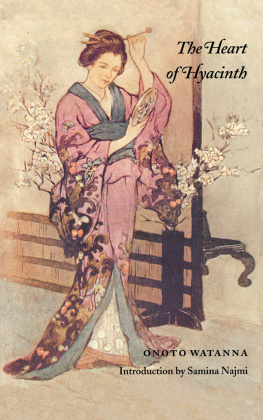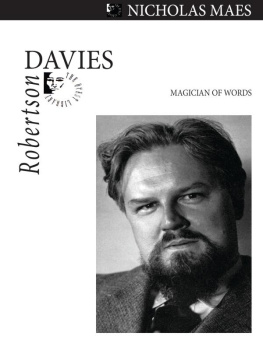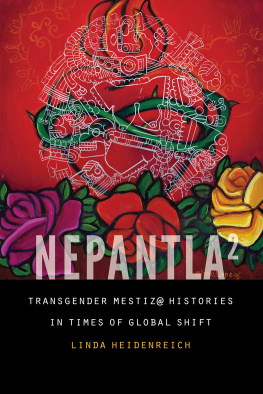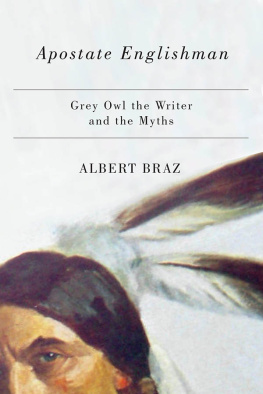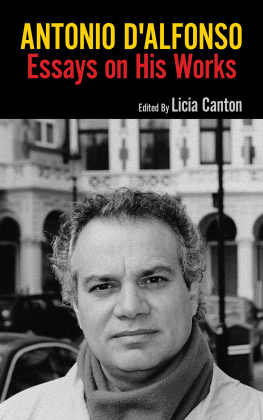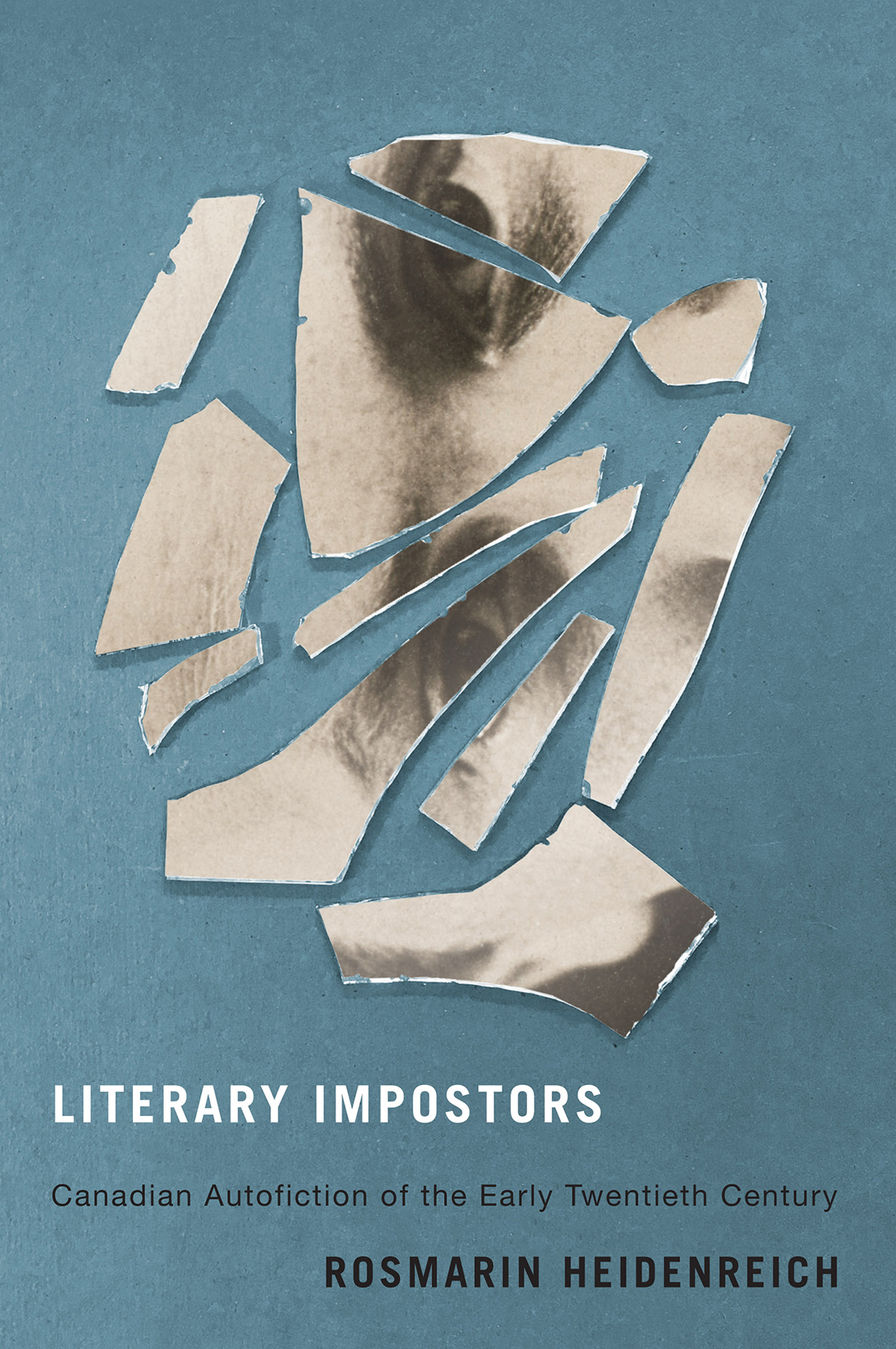LITERARY IMPOSTORS
Literary Impostors
Canadian Autofiction
of the Early Twentieth Century
ROSMARIN HEIDENREICH
McGill-Queens University Press
Montreal & Kingston London Chicago
McGill-Queens University Press 2018
ISBN 978-0-7735-5453-5 (cloth)
ISBN 978-0-7735-5454-2 (paper)
ISBN 978-0-7735-5528-0 (e PDF )
ISBN 978-0-7735-5529-7 (e PUB )
Legal deposit third quarter 2018
Bibliothque nationale du Qubec
Printed in Canada on acid-free paper that is 100% ancient forest free
(100% post-consumer recycled), processed chlorine free
This book has been published with the help of a grant from the
Universit de Saint-Boniface.
We acknowledge the support of the Canada Council for the Arts, which
last year invested $153 million to bring the arts to Canadians throughout
the country.
Nous remercions le Conseil des arts du Canada de son soutien. Lan dernier,
le Conseil a investi 153 millions de dollars pour mettre de lart dans la vie
des Canadiennes et des Canadiens de tout le pays.
Library and Archives Canada Cataloguing in Publication
Heidenreich, Rosmarin Elfriede, author
Literary impostors: Canadian autofiction of the early twentieth century /
Rosmarin Heidenreich.
Includes bibliographical references and index.
Issued in print and electronic formats.
ISBN 978-0-7735-5453-5 (hardcover). ISBN 978-0-7735-5454-2
(softcover). ISBN 978-0-7735-5528-0 ( e PDF ). ISBN 978-0-7735-5529-7
( e PUB )
Canadian prose literature (English) 20th century History and criticism.
2. Creative nonfiction, Canadian (English). Autobiography. 4. Literary
forgeries and mystifications History 20th century. 5. Impostors
and imposture in literature. 6. Impersonation in literature. 7. Authors,
Canadian (English) 20th century Biography. I. Title.
PS 8185. A H 45 2018 C ' .9492 C 2018-901703-1
C 2018-901704- X
This book was typeset by Marquis Interscript
For Paul
Contents
Illustrations
1.1 Felix Paul Greve in Germany, circa 1898. Courtesy of Klaus Martens 21
3.1 Archie Belaney in Hastings, 1901, photographer unknown. Libraries and Archives Canada, Acc. no. 1980-107, PA -147585 80
3.2 Grey Owl, 1936. Photograph by Yousuf Karsh. Library and Archives Canada, Acc. no. 1987-054, PA -164228 97
4.1 The Dufault family, photographer and date unknown. Special Collections, University of Nevada, Reno Libraries, UNRS-P 2270-21 123
4.2 Will James, Sage Creek, Alberta, ca. 1907. Photographer unknown. Special Collections, University of Nevada, Reno Libraries, UNRS - P 2270-64 133
5.1 Buffalo Child Long Lance in Native clothing, ca. 1929. Photographer unknown. Glenbow Museum Archives, PA -3985-1 167
6.1 Onoto Watanna. Frontispiece from The Wooing of Wistaria . New York: Macmillan, 1902. 214
6.2 Edith Eaton monument in Mount Royal Cemetery, Montreal. Courtesy of Andr Cousineau 239
Acknowledgments
Primary biographical research is arduous, time- and resource-consuming work. It would have been impossible to write this book, centred on six very different authors, had there not been reliable published biographical material available on which to base my account of their lives: Donald B. Smiths excellent biographies of Long Lance and Grey Owl, Diana Birchalls moving biography of her grandmother, Winnifred Eaton / Onoto Watanna, and three mutually complementary biographies of Ernest Dufault / Will James. All biographical writing, however, is essentially open-ended, and as previously unknown aspects of a subjects life and work are brought to light, the subjects identitary image may shift significantly. Thus Klaus Martenss discoveries regarding the life of Felix Paul Greve / Frederick Philip Grove have necessitated a reassessment of some of the observa tions of D.O. Spettigue, the Canadian scholar who first identified Greve as Grove and wrote about the authors life in Canada and Europe. In the case of Annette White-Parkss biography of Edith Eaton / Sui Sin Far, some elements, in particular the characterization of the authors literary production, have been contradicted by Mary Chapmans recovery of a trove of Edith Eaton / Sui Sin Far stories not taken into account by White-Parks. I am most indebted to Mary Chapman for letting me read her manuscript before it was published, giving me the opportunity to revise my own work on Edith Eaton before my manuscript entered the editorial process.
Im extremely grateful to Donald B. Smith for reading and commenting on my chapters on Long Lance and Grey Owl, to Diana Birchall for reading and commenting on my chapter on the Eaton sisters, and to Philip Heidenreich, Roger Lveill, Doug Parker, Paul Paterson, and Doug Whiteway for reading early drafts of the manuscript and for offering support and encouragement as well as suggestions and critical feedback. Stephanie Heidenreich read not only the early drafts, but virtually all the subsequent versions as well. Her comments and suggestions were enormously helpful to me in the overall shaping of the manuscript.
Many thanks to Daniel Beaulieu, reference librarian at the Universit de Saint-Boniface, for his help in obtaining elusive and hard-to-access materials. I would like to thank Madeleine Samuda, his predecessor, for putting me onto the story of Will James. Discussions with my colleague Paul Morris regarding the scope and structure of the manuscript were most helpful, as was his concrete advice. I am grateful to the Universit de Saint-Boniface for the sabbatical leave that made it possible to undertake this project, as well as for a financial grant that helped bring it to its conclusion.
Warm thanks are also due to Diana Birchall, Klaus Martens, and Andr Cousineau for making photographs from their own collections available for inclusion in this book.
I owe a huge debt of gratitude to my editor Mark Abley, who wisely and patiently guided my manuscript throughout the various stages of the editorial process. One could not wish for a more helpful, insightful, and knowledgeable editor.
Finally, I would like to thank my husband, Paul Paterson, for his interest in the project, and for his support, encouragement, and patience.
The idea of writing this book sprang from a combination of circumstances. It was Rgine Robins splendid book on European autofiction ( Le Golem de lcriture: De lautofiction au Cybersoi ), my reading of which coincided with my immersion into Frederick Philip Groves complicated intertwining of fact and fiction for an essay I was writing, that suggested to me the idea of assembling the stories of some of Canadas best-known literary impostors writers who, like Grove, had constructed new identities and examining their lives and works through the lens of autofiction.
I am indebted to my parents for my first encounter with one of my subjects. They visited the Groves in Simcoe, with me in tow as a toddler, shortly before Grove died, and maintained a friendship with Catherine Grove after his death. In the 1990s I had occasion to meet Groves son Leonard and his wife Mary. I later interviewed Len (now deceased) in Toronto in connection with this book.
Over the years that I have been researching their lives and writings, the six highly diverse authors discussed in the pages that follow have become living figures in my imagination. They are all, literally and in every sense, larger than life.


